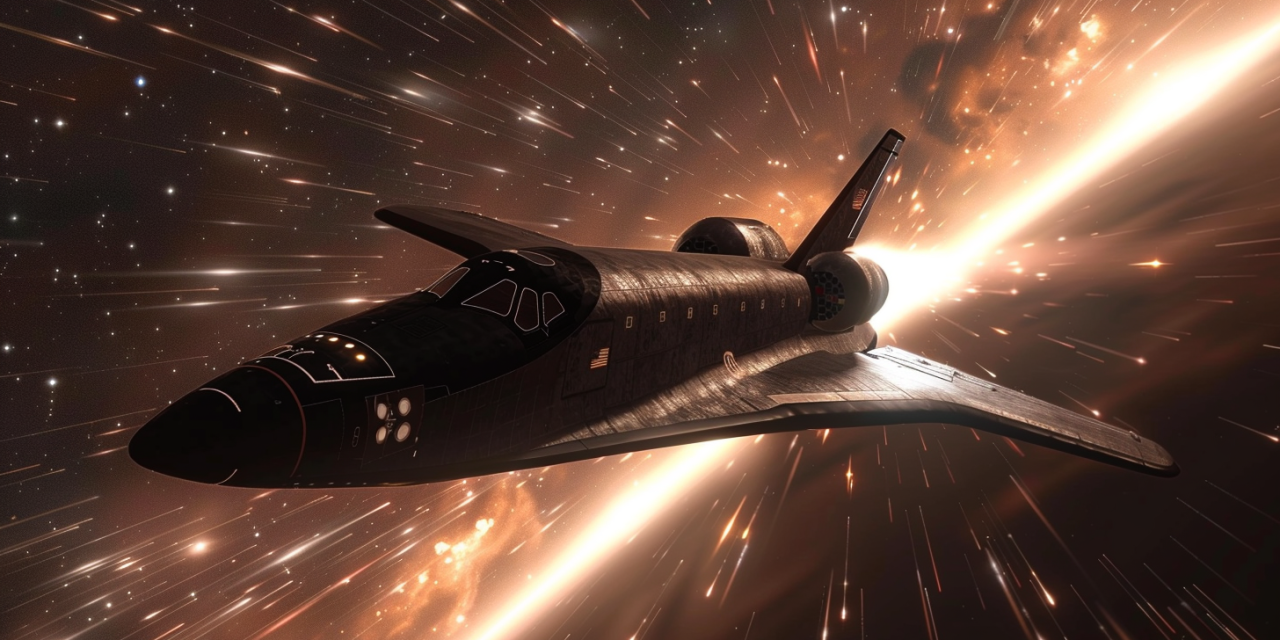Among the many cutting-edge spacecraft in NASA’s fleet, few have attracted as much curiosity and speculation as the highly classified X-37 robotic space plane. Part of the Air Force’s Orbital Test Vehicle program, the X-37 looks like a miniature version of the retired space shuttle orbiter.
But unlike the shuttle, the X-37 was designed for autonomous flight and landing, with no crew aboard. It’s an unmanned, reusable spacecraft that operates in a low-Earth orbit for extended periods before gliding back to a runway landing like the shuttle did.
Flights and Capabilities Since its first launch in April 2010, there have been six clandestine X-37 missions, with one vehicle currently in orbit on the latest mission that began in May 2022. Each flight has seen the space plane spend anywhere from 780 days to over 2 years in orbit before returning to Earth.
The X-37’s precise payloads and activities are classified, with details of its experiments and capabilities kept tightly under wraps by the U.S. Air Force and Boeing, which manufactures the craft. However, its stated focus revolves around advancing reusable spacecraft technologies and operating experimental payloads in a space environment.
Measuring 29 feet long with a 15-foot wingspan, the X-37 has a payload bay about the size of a pickup truck bed where it can host a variety of smaller satellites and instruments. Reported abilities include developing advanced guidance, navigation, control, thermal protection and autonomous operation during its long orbital marathon missions.
Space Truck or Space Weapon? Because of the extreme secrecy around its missions, the X-37 has been the subject of much speculation that its true purpose could go beyond mere technology demonstrations. Some believe it may be involved in intelligence gathering, while others theorize it could even have capabilities to drop sensors or object onto or fly over other satellites.
However, the Air Force and NASA maintain the program is simply aimed at reducing risks and costs of reusable spacecraft through repeated flights. As of now, the truth about the full scope of the X-37’s orbital activities remains strictly classified.
What is clear is that the sleek, reusable space plane continues to push the boundaries of autonomous spacecraft with each new record-breaking flight. Its ongoing success could help pave the way for a new generation of cost-effective robotic explorers for low-Earth orbit operations and eventual future missions farther out into the solar system.





